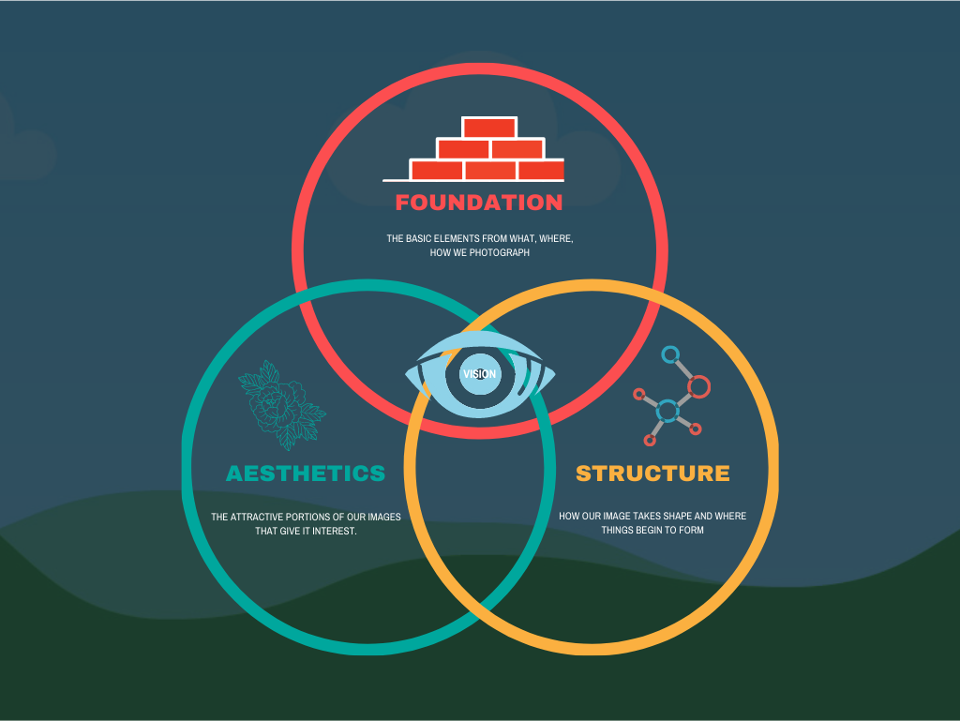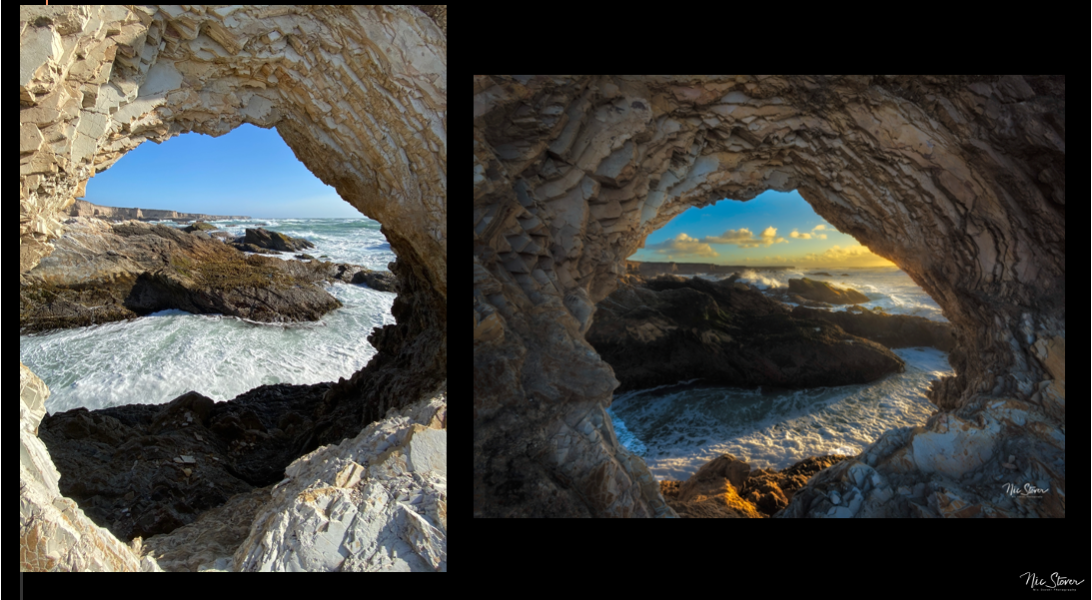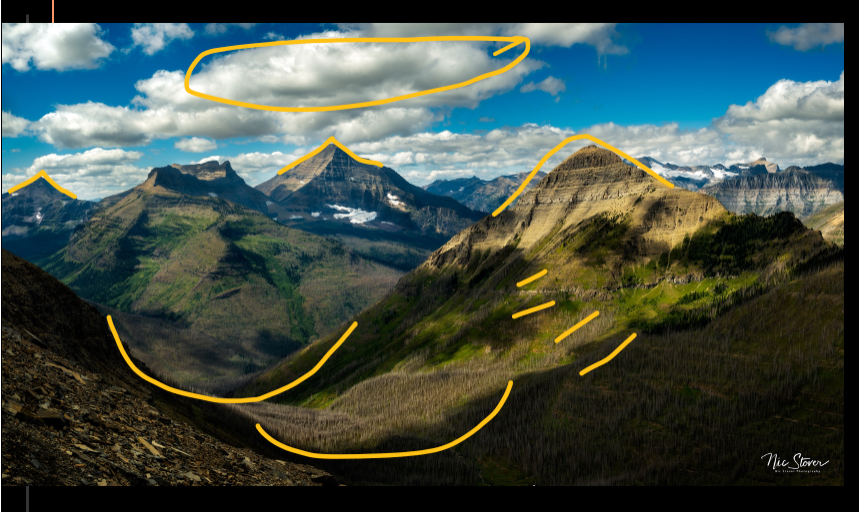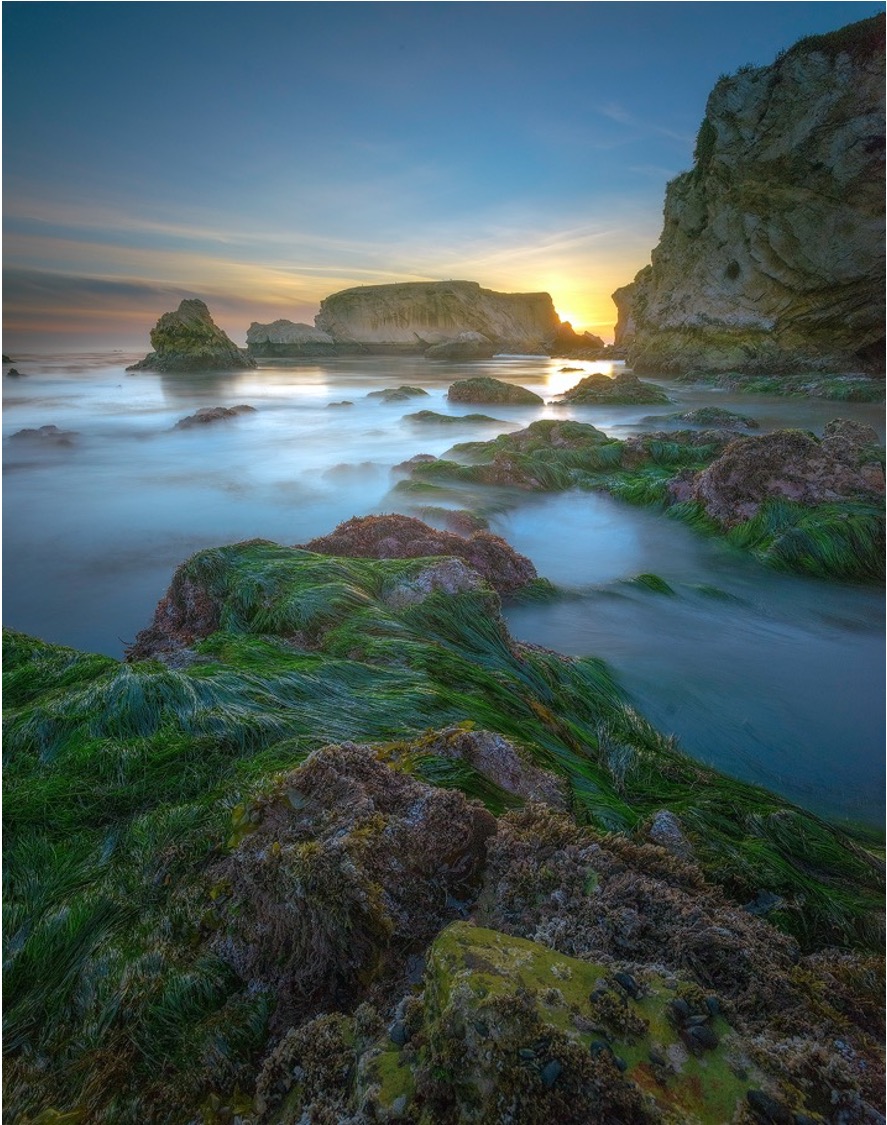
5 principles of Image Composition for Nature Photographers
Nov 03, 2021As I teach my classes on composition and image design there are five main principles or ways that I encourage my participants to think about how composition impacts what and how they communicate within their images.
First is to understand a little bit about the actual definition of composition: composition is the act or process of composing specifically, an arrangement into specific proportion or relation and especially into artistic form. the way that things are arranged in a photograph. This means that the ideal composition is not something of chance or luck, and rather something much more

Which takes us into one of the most important principles, composition is NOT about following rules! It is about how to evaluate a scene and use what you have vs what fits the scene. “Its about using your tools” which includes the big tool between your ears. When we look at a scene we should be doing so without our tripods out, our cameras to our eyes, or our brains engaged in what shot we think we want, and more attuned to what is being presented to us. For the image set below, I needed to evaluate the attractive elements of the scene, and go to work using the technical skills to capture what I needed.

The third principle is that it is my way to invite my viewer into what I saw, felt, and want to show, or to show/tell my subjects story. What this means is that I might find a compelling composition, an interesting scene, or a story that can be told, but in order for that to occur I might need certain things like light, weather, or other variables to be present. For the below image I liked the compositional elements and the image to me was about a Window to the World, but in order to bring that to life I needed to have dramatic lighting, bigger waves, clouds, a feeling of more movement.

The fourth principle is about convergence in the most ideal sense of emotional mood, light and “non obvious” shapes. This is where composition gets the most interesting. How can we see non obvious shapes, and how do they impact what we might feel or where / how the eye is being directed. The image below from Glacier National Park highlights these principles. We get strength and power from the mountains and their triangle shapes, a place for the eye to rest in the valleys and their circular shape, lots of movement between the light and dark of the shadows and highlights, and the clouds help to hold the eye in the frame of the image.

The fifth and final principle. Good composition is about visual flow in an image. How you use everything together in a way to guide the viewers eye through your image in a pleasing manner and to encourage them to stay and explore your image longer. I talk about this and use my favorite word here. Cohesion. How does our scene cohesively flow. How do the colors, and lines work together to guide our brains and our eyes in a pleasing manner. When we get the right things working together we don't have jarring colors, objects, or unpleasing flow. It works cohesively and ties things together.

If you liked what you read here, and would like to learn more. Please check out my Courses page where I go into more detail on this subject as part of my Image Structure class. https://www.naturephotographyclasses.com/image-structure
Stay Connected with News and Updates!
Join my mailing list to receive the latest news and updates from me. Choose the topic you are most interested in and I'll focus on sending you personalized content. Don't worry, your information will not be shared.
We hate SPAM. We will never sell your information, for any reason.



